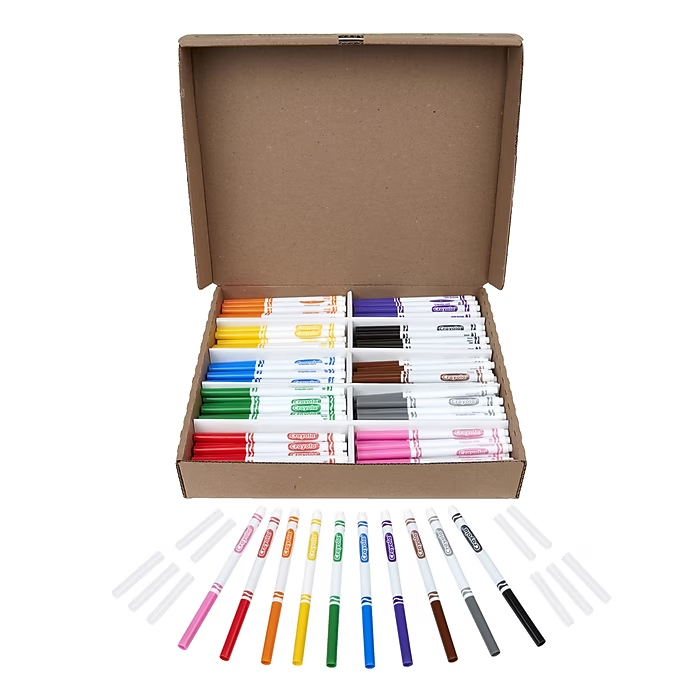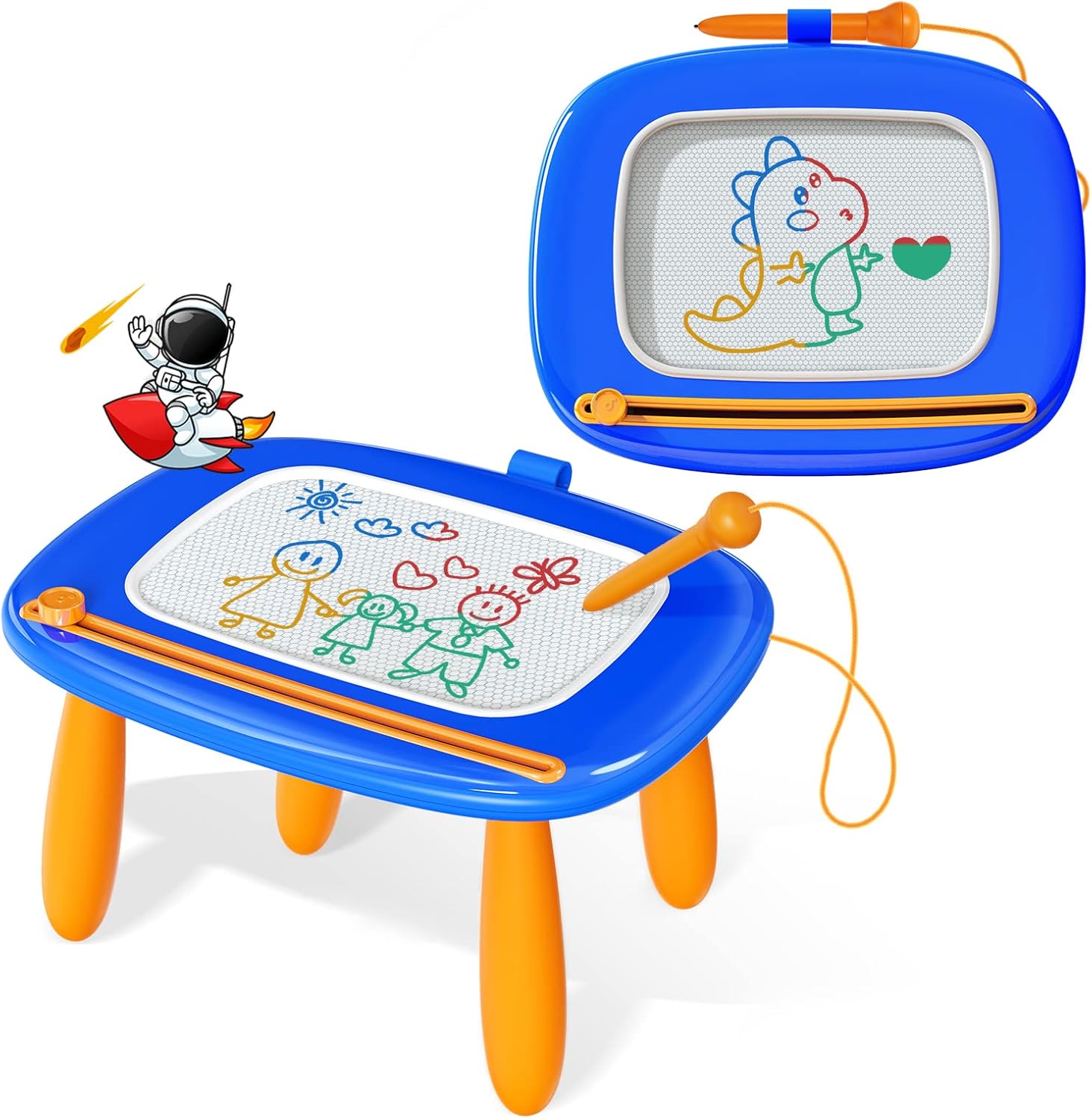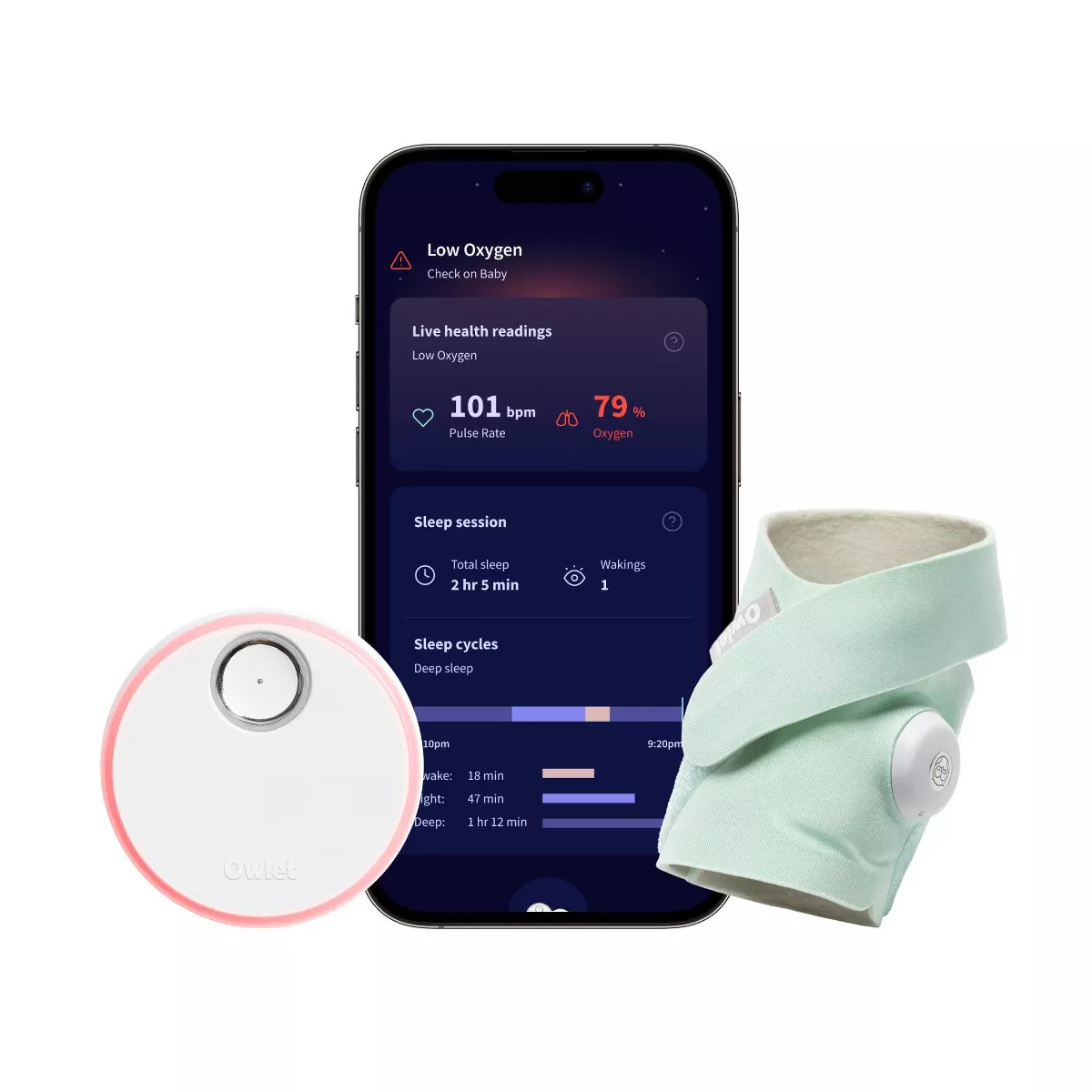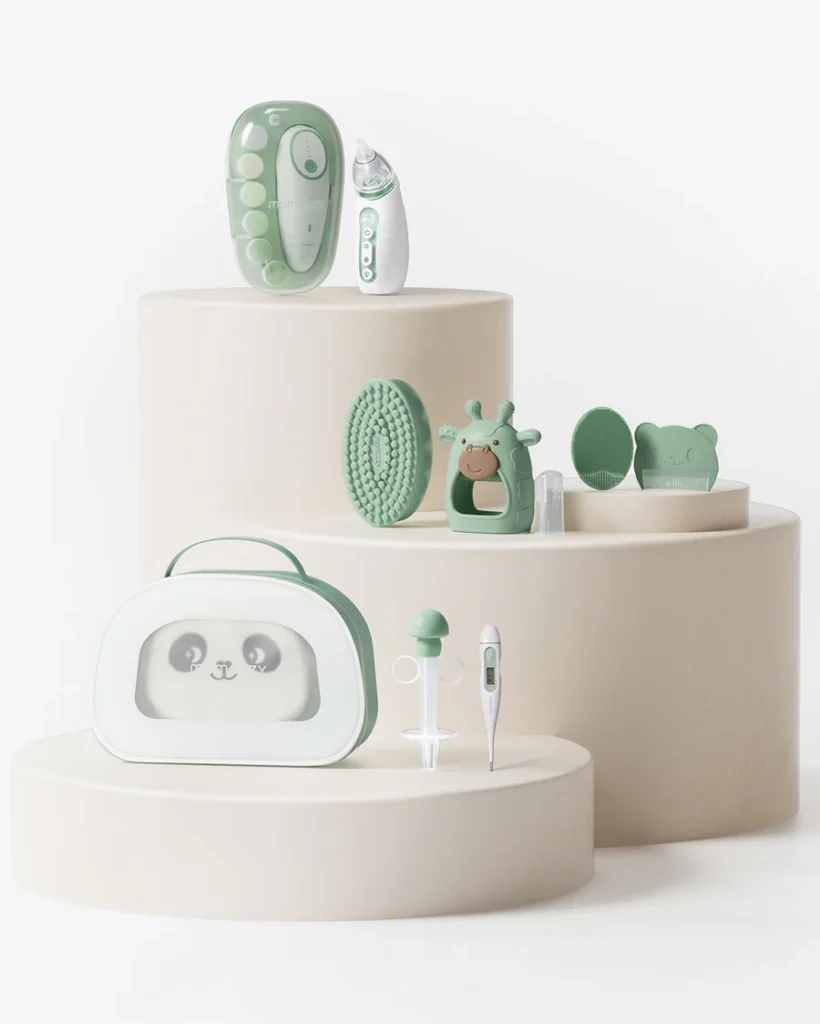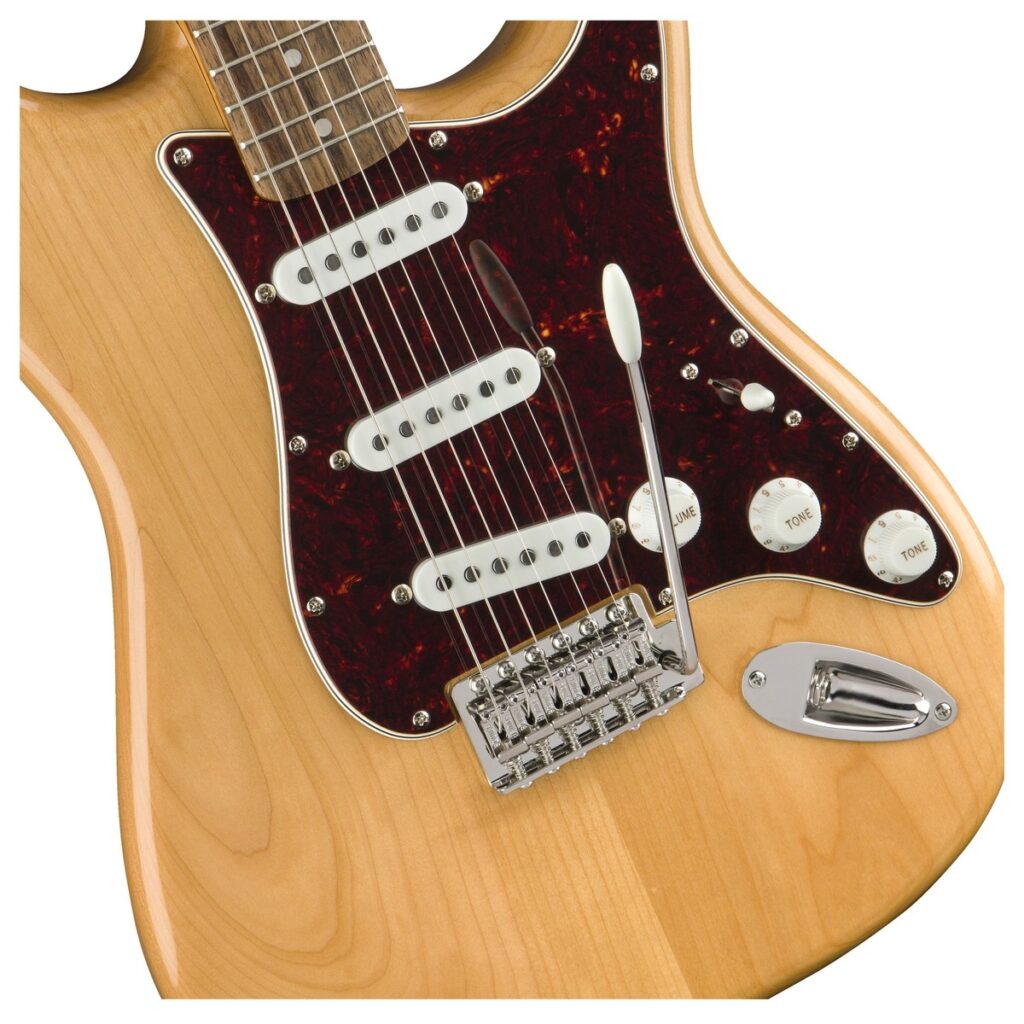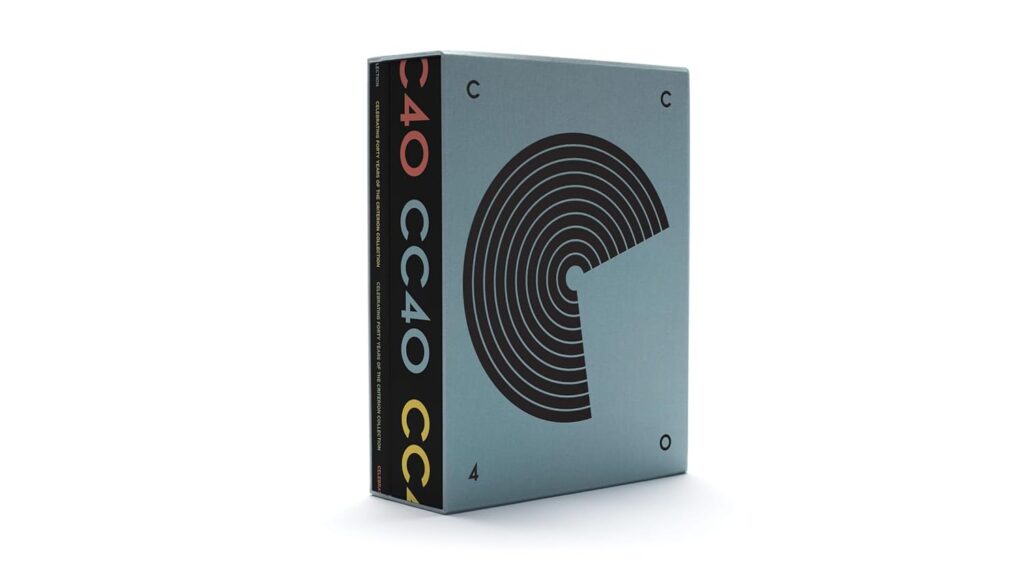Great classrooms run on rhythm: a smooth entry, a focused mid-block, a celebratory exit. Color can be the metronome that keeps that rhythm steady—especially when it’s predictable, vibrant, and easy to manage. The Crayola Classpack Markers Non-Washable Fine Line brings exactly that kind of reliability. The fine tip offers control for labeling, diagramming, and linework; the color range activates imagination without overwhelming it. Whether you’re building anchor charts, centers, or a fast finisher station, these markers help students move from “I don’t know where to start” to “look what I made.”
In this article, we’ll treat the Crayola Classpack Markers Non-Washable Fine Line like a classroom tool—not just an art supply. You’ll get station blueprints, teacher-tested routines for color management, prompts that bridge art with literacy and STEM, and micro-moves that calm transitions. We’ll peek at display ideas that keep work visible and valued, plus simple care habits so your set stays ready from September through spring showcases.
Shop Crayola Classpack Markers Non-Washable Fine Line
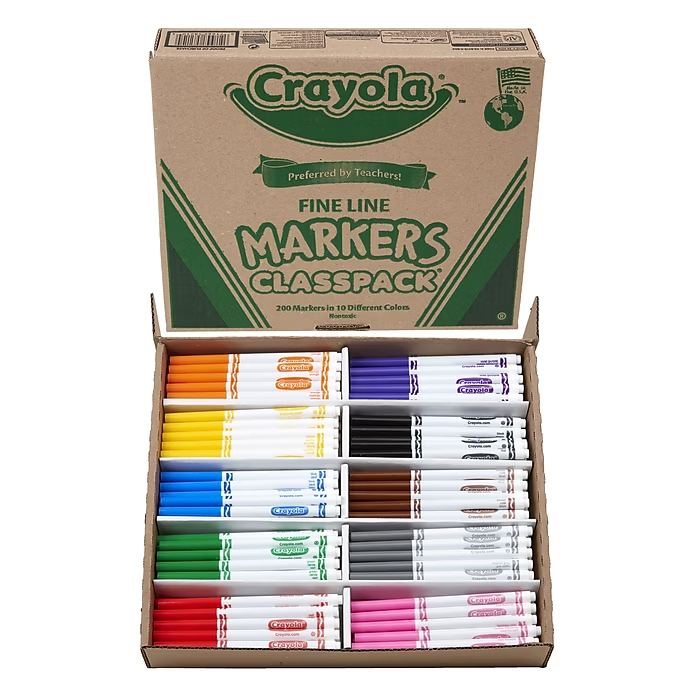
Why Crayola Works When the Bell Rings
The hallmark of Crayola is consistency: color that reads clearly on a chart across the room and lines crisp enough for student close-up work. The Crayola Classpack Markers Non-Washable Fine Line especially shines in structured tasks—graphic organizers, labeling science diagrams, annotating maps—and then pivots seamlessly into open-ended art. You’re not switching tools between the “serious” and the “creative” parts of a lesson; students stay in flow.
Teacher mindset shift: Think of markers as literacy and thinking tools, not just art supplies. A clear line can scaffold a paragraph, a color key can demystify a math proof, and a labeled sketch can unlock a science explanation.
Set Up the Room Once, Win All Year
1) The Color Commons (Shared Station)
Place the Crayola Classpack Markers Non-Washable Fine Line at a central table with a simple traffic rule: one row per group, one minute choose-time, then back to seats. Add a laminated color chart on the table so students can quickly agree on palettes for group work.
2) Table Caddies (Decentralized)
If your class benefits from less foot traffic, create caddies labeled by table color. Rotate the palettes periodically to keep interest high. Students love when “new” shades arrive, even if they’ve met them before.
3) Fast-Finisher Mini Bar
Keep a small subset of the Crayola Classpack Markers Non-Washable Fine Line with prompt cards (tiny journaling frames, doodle challenges, label-the-diagram mini tasks). This channels early finishers into purposeful calm instead of hallway-level volume.
Shop Crayola Classpack Markers Non-Washable Fine Line
Color-Management Hacks (Goodbye, Chaos)
- The “Cap Relay”: Students cap a marker before passing it; the receiver says the color aloud as a check. It’s silly, but it works.
- Parking Lot Rule: Every work period ends with 60 seconds of “park your markers tip-down” in the caddy slot that matches the barrel color. Visual match = instant audit.
- Palette Passports: Groups pick a three-color “passport” each week; they use those hues for headings, labels, and charts. This builds visual cohesion on shared boards.
Fine Line, Big Impact: Techniques Students Actually Use
- Outline + Fill: Teach students to outline shapes lightly, then fill with small, even strokes for smooth blocks of color. The Crayola Classpack Markers Non-Washable Fine Line excels at keeping edges tidy.
- Hatching for Shadows: Parallel lines show depth on maps, graphs, and still lifes. Try “direction challenges” (all lines at 45° for one piece) to build control.
- Lettering for Headings: Show a 30-second demo: block letter “skeleton,” then a second pass to widen strokes. It makes anchor charts legible from the back row.
- Color Keys: Assign meaning to colors (e.g., evidence = green, question = blue). Consistent color keys turn messy notes into readable thinking.
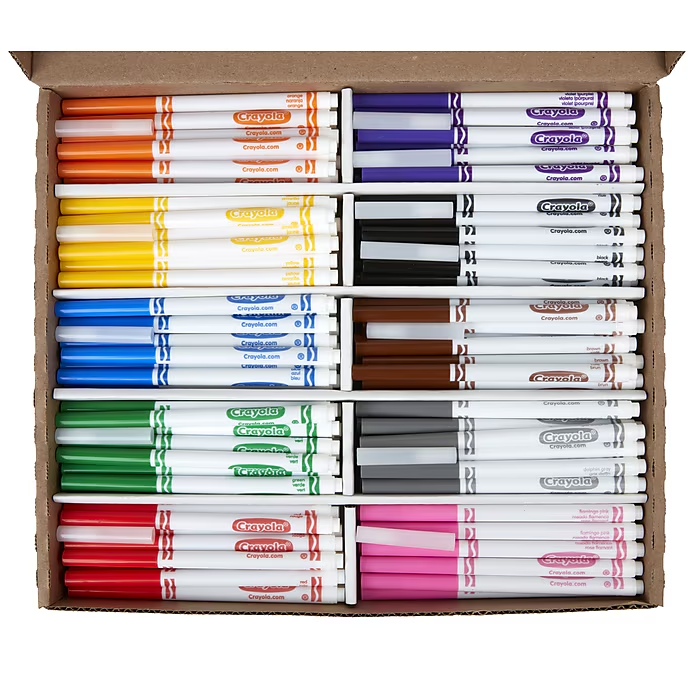
Cross-Curricular Prompts (Art + Everything Else)
Literacy
- Character Mood Map: Students pick three hues to track a character’s mood shifts, annotating quotes beside a color bar.
- Found Poetry Frames: Provide black and one accent color; students box words on a printed text to form poems.
Math
- Proof Sketching: Use distinct colors for given, steps, and conclusion. Fine lines keep symbols crisp.
- Graph Stories: Students color-code axes, labels, and trend lines—then narrate the “story” the graph tells.
Science
- Diagram Days: Label plant cells, circuits, or rock cycles with a three-color scheme.
- Observation Pages: Thin lines capture texture in leaf rubbings and shell sketches; color blocks show observed vs. inferred.
Social Studies
- Map Keys: Borders in one color, rivers in another, landmarks in a third—instant clarity.
- Timeline Bands: Use parallel color bands for regions or themes to reveal overlaps and causality.
Shop Crayola Classpack Markers Non-Washable Fine Line
Display Ideas That Motivate Effort
- Gallery Rails: Hang a thin string across a bulletin board; mini clothespins make it easy to refresh work weekly.
- Process Walls: Post drafts next to finals, with color-coded arrows showing revisions. Students see growth, not just grades.
- QR Corner: If you use digital reflections, add a small QR linking to voice notes explaining the color choices—authorship feels real.
Transitions Without the Noise Spike
- Two-Chime Close: First chime = cap and count your tools; second chime = place work on the drying rack or folder.
- Color Callbacks: “If you used blue today, bring your paper up.” Sorting by color keeps lines short and cheerful.
Care & Longevity (Routine > Rescue)
- Cap Discipline: Model the click; celebrate fast cappers. A quick “cap check” before dismissal saves you future grief.
- Home Base: Mark caddy slots with color swatches; students love the satisfaction of perfect matches.
- Surface Sense: Use mats or scrap paper under art pieces, especially with the Crayola Classpack Markers Non-Washable Fine Line, to protect desktops and communal tables.
- Refresh Ritual: Every few weeks, rotate less-used hues into spotlight stations to even out wear.
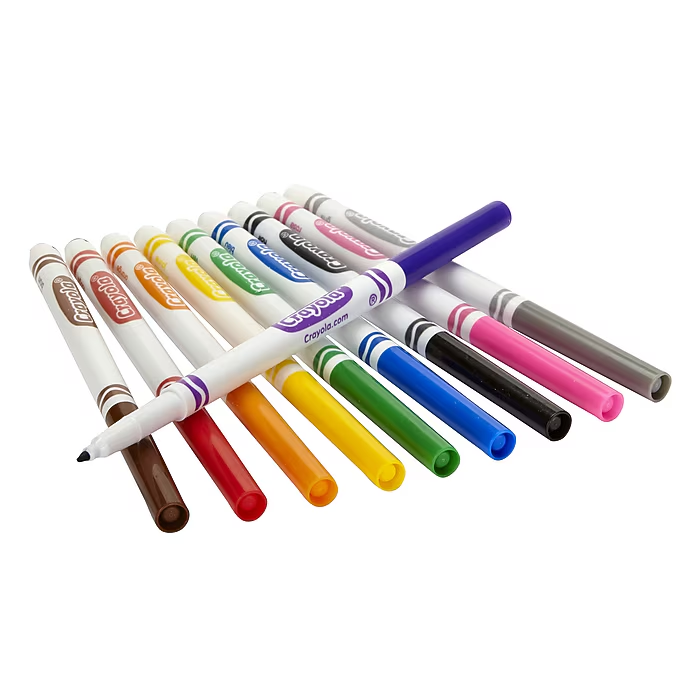
Inclusive Creativity (Everyone Gets a Win)
- Low-Floor Prompts: “Draw three boxes: label, color, and connect.” The task scales for all levels—content, not complexity, creates challenge.
- Choice Boards: Students choose between diagramming, comic strips, mini-posters, or vocabulary maps using the Crayola Classpack Markers Non-Washable Fine Line. Choice = buy-in.
- Sensory Calm: Pair coloring time with soft instrumental playlists; the steady motion and fine-line focus can settle jittery energy.
Family & Homework Extensions
Send home a one-page “color key” cheatsheet for annotating reading passages or organizing study notes. Families can mirror classroom routines with whatever markers they have; the language of color travels well, and students feel anchored by the familiarity.
Quick Troubleshooting
- Lines look streaky? Remind students to use short, consistent strokes in the same direction.
- Crowded caddies? Split the Crayola Classpack Markers Non-Washable Fine Line into two identical stations to halve foot traffic.
- Palette ruts? Run “mystery color week” with sealed envelopes assigning groups a surprise trio to use on all titles.
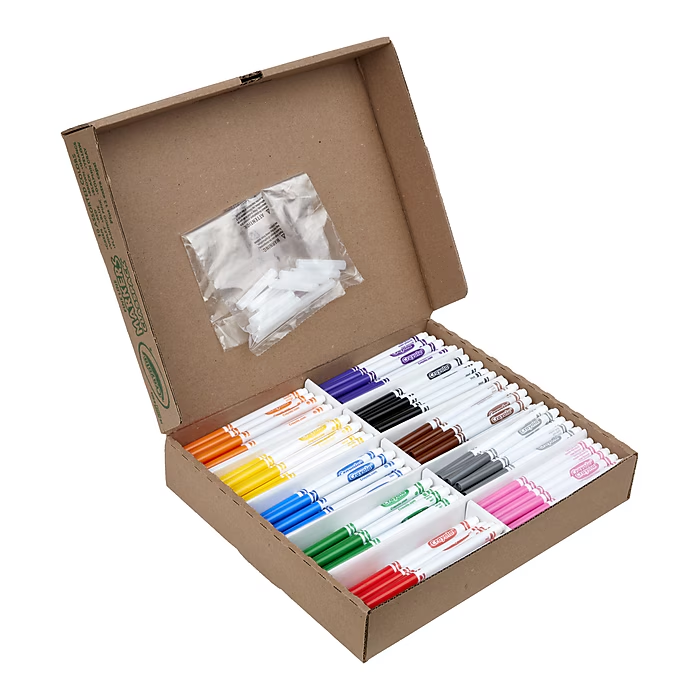
Conclusion
When supplies support routines, students spend less time asking “what now?” and more time making meaning. The Crayola Classpack Markers Non-Washable Fine Line gives you classroom-ready color with the control to label, diagram, and design—plus the versatility to turn any subject into a creative invitation. Set up a Color Commons or table caddies, teach two or three fine-line techniques, and make color keys your secret language for thinking. With a few micro-systems and consistent care, you’ll move smoothly from bell to bell—and the walls will show the learning.
Shop Crayola Classpack Markers Non-Washable Fine Line
FAQ
- How can I keep caps from disappearing?
Build a closing routine: cap, click, and color-call check. Visual slot matching in caddies makes missing caps obvious. - What if students press too hard and the lines look heavy?
Teach the “feather touch”—hold the marker at a slight angle and let the tip glide. Demonstrate with a quick side-by-side sample. - Are these only for art class?
No. The Crayola Classpack Markers Non-Washable Fine Line excels at note organization, graphs, diagrams, timelines, and anchor charts across subjects. - How do I stop traffic jams at the supply table?
Duplicate palettes or assign timed “choose windows” by row. A 60-second choose-time keeps energy up and lines down. - What’s a simple, high-impact project for open house?
Color-keyed autobiographical maps: students label places that matter to them using a three-color legend. The display is vibrant and personal. - Can I use them for students with fine-motor challenges?
Yes—offer pencil grips on markers and larger-format paper. Fine tips can actually help with control when paired with clear outlines. - How do I handle accidental desk marks?
Keep mats or scrap sheets under projects and reinforce “cap when you pause.” Quick wipes right after class prevent set-in marks. - How often should I rotate colors?
Every few weeks. Spotlight underused shades to keep sets balanced and student interest high. - Any fast finisher ideas that don’t create clutter?
Doodle frames, label-a-chart mini tasks, or one-card vocabulary visuals—store them in a single class binder. - How can I align color use with study skills?
Create a class color key (evidence, claim, connect, question) and use it across notebooks and posters. Students internalize the system and transfer it to tests.

